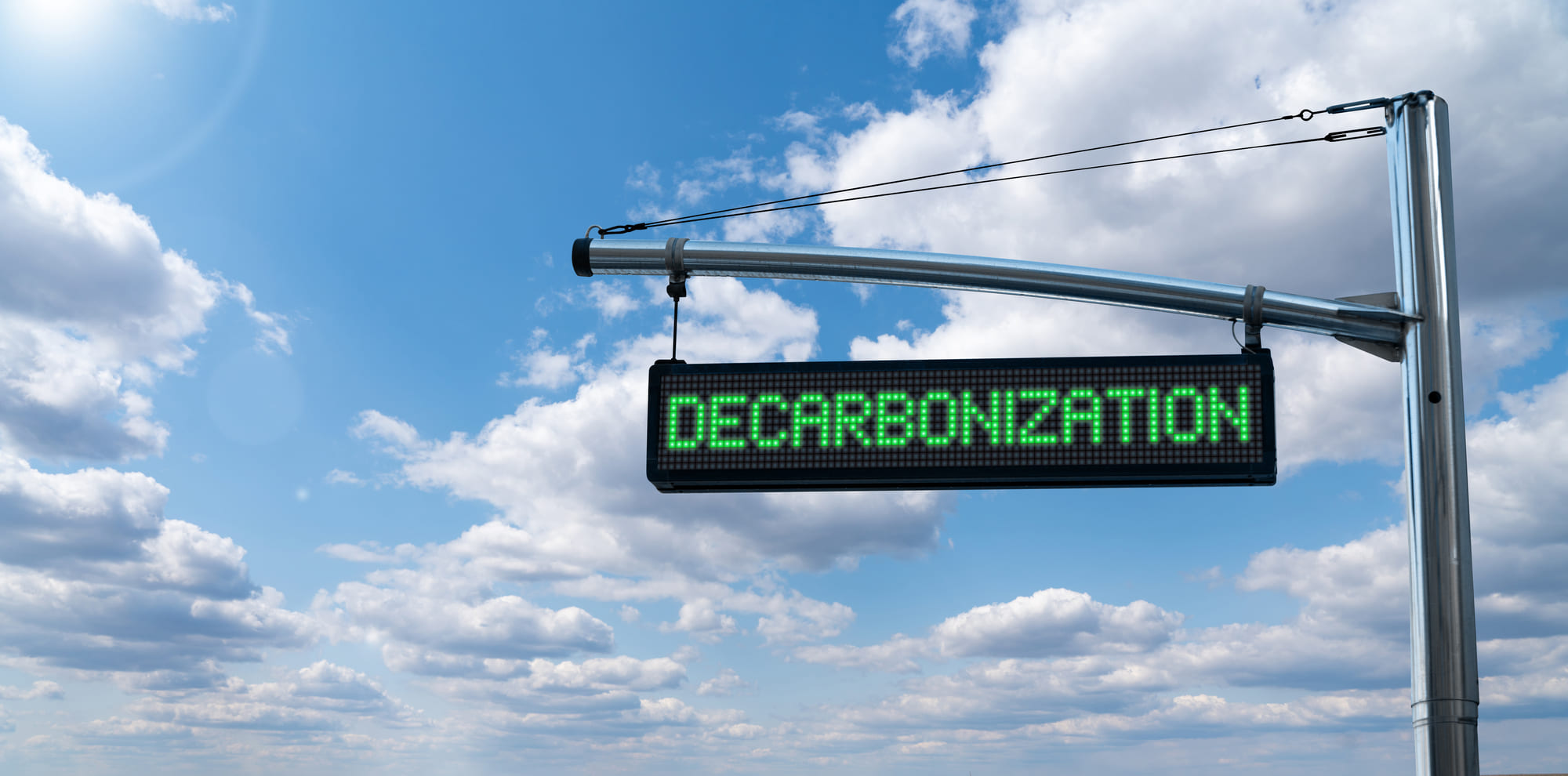In the past decade, Ukraine has practically halved its pollutant emissions, albeit largely because of the country’s deindustrialisation.
Metinvest’s share of Ukraine’s total pollutant emissions over the same period is around 16%. Meanwhile, the Group’s environmental investments account for more than 40% of the country’s total.
“This shows that, unlike the general trend towards deindustrialisation in the country, Metinvest has chosen an investment path that will allow us to ultimately preserve a strategically important industry, be environmentally friendly and meet all global standards,” said Metinvest Group’s CEO Yuriy Ryzhenkov.
Sustainability and green investments
The Group is working to enhance the transparency of its business and continuously improve its environmental, social and governance (ESG) performance. In 2020, Metinvest received an ESG Risk Rating of 32.0 from Sustainalytics, a leading independent provider of ESG research, ratings and data. The score measures unmanaged risk on an absolute scale of 0 to 100, with a lower figure indicating less risk. Among the 140 global steelmakers analysed, the Group ranked in the top 10. In 2021, Metinvest improved its ESG Risk Rating to 31.7.
The Financial Times also named the Group’s Italian re-roller, Metinvest Trametal, one of Europe’s Climate Leaders. The rating includes the 300 companies that achieved the greatest reductions in greenhouse gas emissions in 2014-19. Metinvest Trametal cut its main greenhouse gas emissions by 6.8% over the period, giving it a respectable ranking.

“Ecology and the environment account for more than 50% of the risks associated with Metinvest’s business. This is the Group’s focus in terms of investment and our operational practices,” explains Yuriy Ryzhenkov.
These words are backed by figures: in 2011-20, Metinvest invested roughly US$3.5 billion in environmental initiatives. In addition, the Group has been scaling up the purely environmental part of these investments. In the next four years, Metinvest plans to invest about US$0.5 billion more in purely environmental projects.
Since 2011, the Group’s environmental investments have enabled it to reduce its pollutant emissions by 37%, dust emissions by 51% and discharges into water bodies by 45%.
Low-carbon electric-arc furnace steel
So far, the Ukrainian steel industry has lagged the European industry in reducing greenhouse gas emissions. Ukraine currently emits 2.3 tonnes of CO2 per tonne of steel, compared with Europe’s 1.9 tonnes.
“We have serious potential to reduce our carbon footprint using existing technologies: energy conservation, waste gas and heat recovery, fuel mix optimisation and gas exchange. This is something that Metinvest is actively engaged in,” says the Group’s CEO.
At Metinvest’s enterprises, the bulk of CO2 emissions come from hot metal production, where carbon is used as a reducing agent for the hot metal. The focus of the Group’s decarbonisation roadmap is therefore on hot metal and steel production.
Conventional metallurgy produces hot metal in blast furnaces and makes steel from the hot metal in converters. There is an alternative: production of direct reduced iron (DRI), which is made into steel using electric arc furnaces. Metinvest has chosen this option and has already taken the first steps in this direction.
In April 2020, the Group’s Central GOK facility in Kryvyi Rih started producing DRI pellets. “We produce raw materials that can be used for low-carbon steel production. Our next steps include building direct iron reduction modules and moving towards electric steelmaking. In the long term, these technologies can be linked to renewable energy sources and hydrogen, when it becomes available for industry,” Ryzhenkov explains.
Other initiatives the Group is considering include technology to capture CO2 and use it in chemical processes. After all, direct iron reduction already includes carbon capture.

Partnerships with technology providers
To achieve these goals, Metinvest has signed memoranda of understanding with K1-MET, a leading Austrian metallurgical competence centre, and Primetals Technologies, an international pioneer in the fields of engineering, plant building and lifecycle services for the metals industry.
The collaboration will include working on existing technological solutions that can be implemented at Metinvest’s production facilities, as well as prospective technologies and solutions that may be deployed across the metals and mining supply chain to accelerate Metinvest’s decarbonisation journey.
These include joint R&D initiatives under the Horizon Europe and Research Fund for Coal and Steel funding umbrella related to climate and environmental challenges in the steel industry. Areas of mutual interest include energy efficiency, innovative DRI-based steelmaking, carbon capture and utilisation, and metallurgical gas utilisation.
The Group also expects Ukraine’s first non-state mining and metallurgical university, Metinvest Polytechnic, to contribute to the research. Metinvest hopes that the university will not only become a talent factory for Ukraine’s steel industry, but also a new research centre for domestic metallurgy, which will help to achieve international best practices in decarbonising steel production.
Green hydrogen
Steel producers are ready to cooperate with energy companies: to produce green steel, the entire production chain must be eco-friendly.
Metinvest is implementing a joint project with DTEK to explore the use of renewable energy not only in steelmaking but also in hydrogen production, which could significantly reduce the carbon footprint of even conventional steelmaking.
“Around a 20-30% reduction can be achieved by using hydrogen in conventional steelmaking. Today, we have such a project underway,” added the Group’s CEO.
The project involves the construction of a hydrogen plant in Mariupol at one of Metinvest’s steelworks. Hydrogen will be used to produce low-emission steel.
The Group believes that the decarbonisation of the steel industry opens new opportunities for Ukrainian steelmakers.
“If we weren’t thinking about decarbonisation, we wouldn’t be looking at direct iron reduction or electric steelmaking. As the decarbonisation story unfolded, the idea of using high-quality pellets instead of scrap came up. And it appears that we can give a second life to Ukraine’s steel industry in the process of decarbonisation,” says Yuriy Ryzhenkov.
